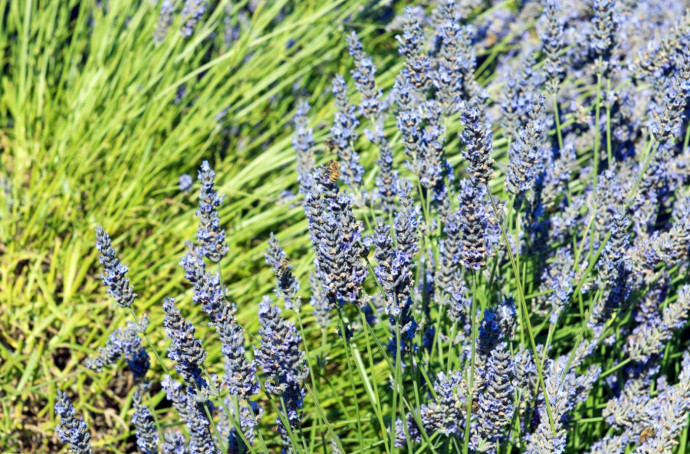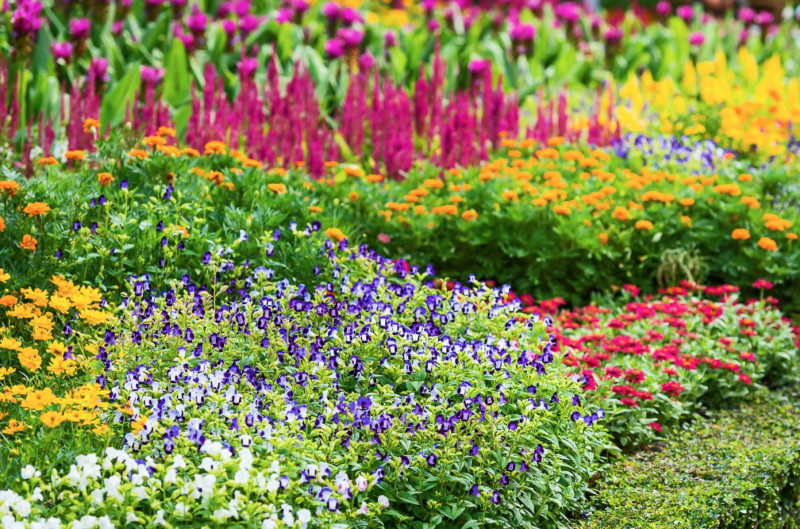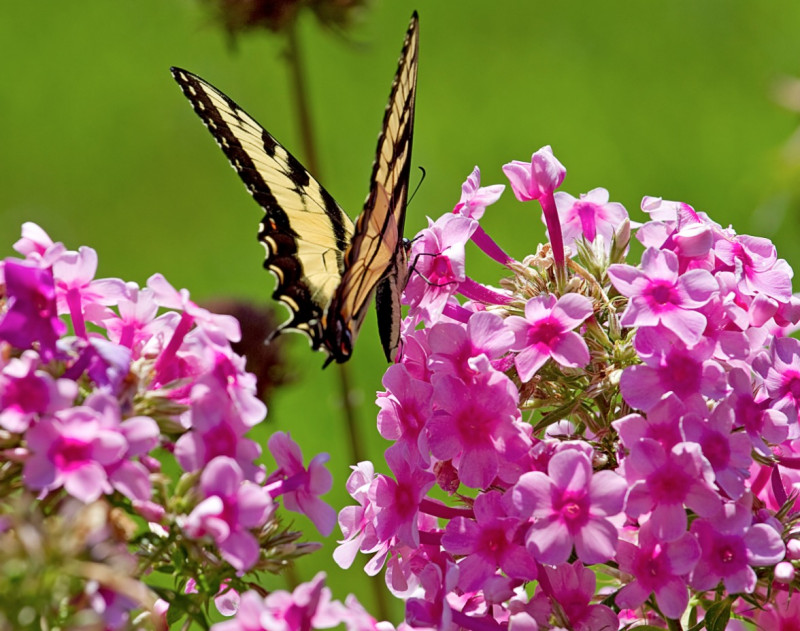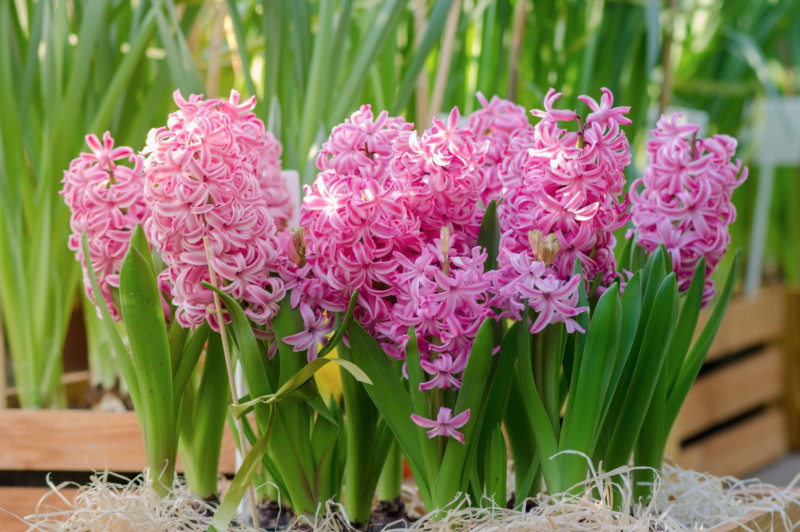Plant With An Eye Toward Pollinators

Flowers are beautiful, bringing a splash of color to our gardens and veggie patches. But they are so much more than just beautiful. Flowers play an important role in our ecosystem, they can be edible, and they are perfect for attracting beneficial insects and other small helpful animals. This is especially true for pollinators. The functioning of our ecosystem rests on the tiny backs of these pollinators - a huge burden to carry with their small shoulders! In fact, we rely on pollinators to produce up to a third of our food. Discover how to plant with pollinators in mind, and the bees, birds, and butterflies (and your fruit-bearing plants) will thank you.
Every gardener should take this advice to heart: Plant flowering native plants like butterfly bush, goutweed, and swallowwort to support native pollinators. It's easier than ever to garden with native plants. You can find lists of native plant varieties at any local extension office or independent garden center.
Many gardens in the United States grow plants that do not support pollinators as well as others. Switching your entire garden to organic, native pollinator plants can be an unreasonable transition. Gradually mixing native annuals and perennials can help attract and feed pollinating insects. Be sure to plant pollen- and nectar-rich plants with successive flowering seasons so that the plants can provide for pollinators throughout the season.
Annual plants attract pollinators but do not return year after year and therefore cannot support pollinators in perpetuity. Great annual plants that support butterflies, bees and hummingbirds include zinnias, flowering tobacco, lantana and verbena. Non-native perennial plants that are particularly attractive to bees are bee balm, catnip, anise hyssop, lavender, oregano, and salvia.
Let a few of your container and ground plants bloom; herbs, vegetables, and annual foliage plants that are allowed to flower, such as coleus, are also wonderful sources of nectar for pollinators. You can also let basil, mint, marjoram, oregano, and other plants bloom early in the season, and you'll be supporting the pollinator community.

Why does supporting pollinators make a difference?
Pollinator insects, birds, and animals are incredibly important to our ecosystem. A recent scientific study by the Laboratory of Apiculture at the University of Sussex and Social Insects proved that organically grown native and non-native pollinator-friendly flowers in your garden can attract and support bees and other insects. This is important for gardeners everywhere as it is possible to introduce a small number of pollinating plants into your garden and have a positive impact on your local pollinator population.
Certain plants produce flowers that are really generous with nectar and pollen to ensure good pollination. The plants and the bees (and other insects) that pollinate them have evolved in harmony and form important relationships - one cannot survive without the other, but together they will thrive! So the first consideration is to think about plants that are naturally particularly attractive to pollinators. Some of the best flowers to plant for pollinators are:
Zinnias attract butterflies, hummingbirds, and bees. They are a great addition to an organic herb or vegetable garden to bring more pollinators into the garden.

Plants that attract butterflies
Butterflies love red and purple flowers. They also love fresh scents, but not too strong - weak is best. Some flowers that attract butterflies are: Lavender, Lilac, Phlox, Mint, Pansies.
They also lay their eggs in the plants. Some species lay on milkweed, while others use chokeberry leaves. When the larvae hatch, they can eat a meal immediately, which increases their chance of survival. Butterflies like to live in cavities of trees or logs where there is room and safety for a chrysalis, so a butterfly garden will benefit from trees or logs.

Flowers that attract bees
Bees love plants that are bright white, yellow or blue, or have contrasting colors. They like mild and pleasant scents.
Specific bee-friendly plants include: Sunflowers, goldenrod, hyacinth, snapdragons, bee balm. Remember that flowers planted to attract honey bees attract all kinds of bees. Be prepared if you have a family member who is allergic to bee stings!
Bees will build a hive if they have a supportive habitat and space. A bee nesting block would be a helpful addition if you have the space.
Flowers that hummingbirds like
Hummingbirds like to get nectar from flowers with a trumpet shape. They are attracted to orange, red, pink and white colors.
Specific flowers that attract hummingbirds include: Bird of Paradise, Chinese Bell Flowers, columbine, fuchsia, Yellow Trumpet Bush.
Hummingbirds build nests in trees and large shrubs. They do not need a cavity, but build and maintain nests on branches. They also bathe frequently because the nectar they collect is sticky. To attract hummingbirds to your yard, provide a source of fresh water, such as a bird feeder.
